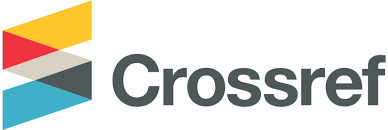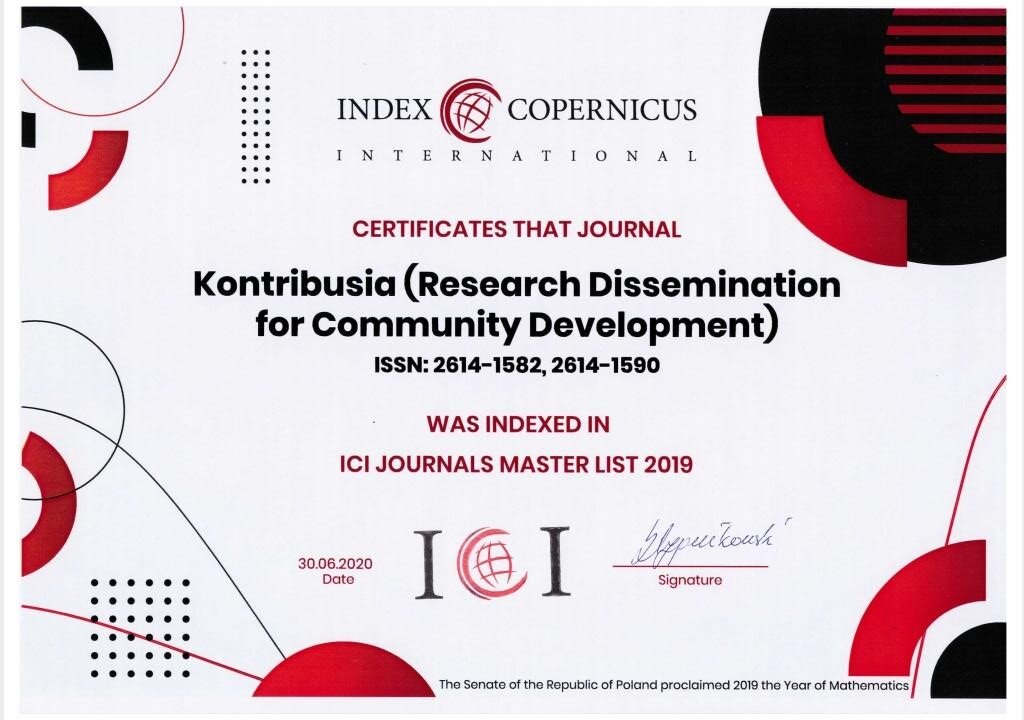Design of pH Monitoring System for Koi Pond
DOI:
https://doi.org/10.30587/kontribusia.v6i1.4634Keywords:
pH meter, Koi Fish, Koi Farming, Koi Pond ProductivityAbstract
Koi fish farming has increased significantly and become a promising profession in Bantul, however the farmer faced many challenges to produce good Koi fish. Koi fish productivity affected by water quality as a result of good water treatment and filtering. pH is one of the main indicators for good water quality in Koi farming, whilst not many Koi farmer can afford to buy adequate equipment for their ponds. The purpose of this Community Service Program was to help and empower the community in increasing the koi fish farming productivity. The target group of this project was either groups or persons running micro-enterprises in Koi farming. The specific target of this project is to be able to provide and apply appropriate technology to the community. pH monitoring system was designed to provide cheap and appropriate tools applicable and available in the community. By making the design available for replication, the community can work together to procure goods/systems independently. Therefore, the system designed will not burden the community individually. The targeted koi fish farmers are expected to be role models for other farmers. The results of the manufacture of this precise technology-based tool have been completed with the results of the pH meter monitoring accuracy was higher than 98%.
Downloads
Published
2023-01-02
How to Cite
Hariadi, T. K., Salatin, T., Purwanto, K., & Utama, N. A. (2023). Design of pH Monitoring System for Koi Pond. Kontribusia : Research Dissemination for Community Development, 6(1), 142–145. https://doi.org/10.30587/kontribusia.v6i1.4634
Issue
Section
Articles









